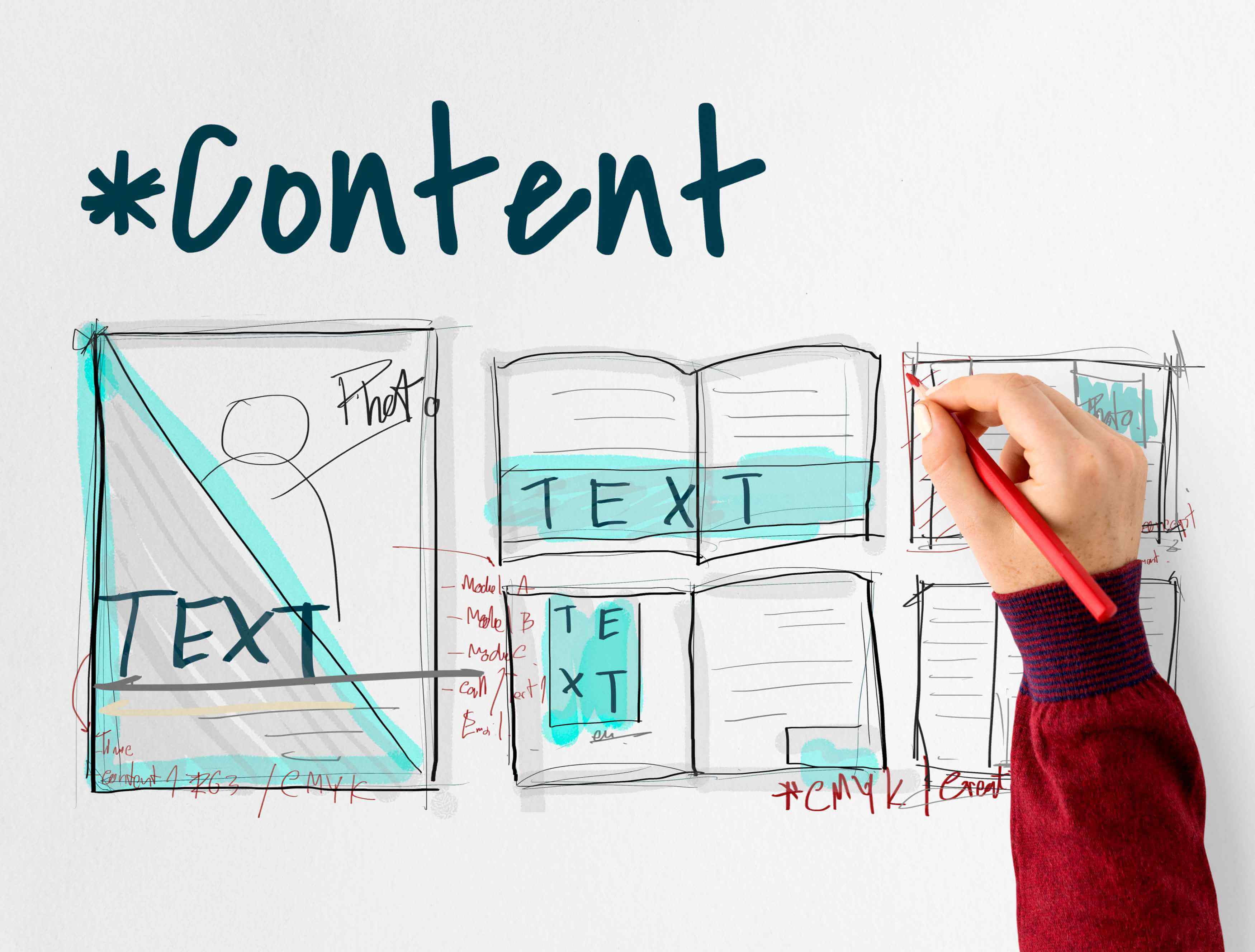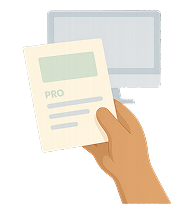As the evolution of e-commerce continues, brands are constantly searching for high-converting, direct, and cost-efficient marketing methods.
In this search, SMS marketing, an increasingly valuable component of performance marketing, is often overlooked in favor of email or social media, however, it is making a strong comeback.
With open rates surpassing 90%, SMS offers an unbeatable opportunity for e-commerce businesses to connect with customers on a personal level.
6 Key Benefits of E-commerce SMS Marketing

In today’s competitive digital marketing landscape, brands need ways to stand out, connect with customers, and drive measurable results. SMS marketing has emerged as one of the most effective tools to achieve these goals.
Unlike email or social media, SMS offers a direct, personal, and immediate way to reach consumers, right in the palms of their hands.
Now, let’s take a look at the 6 key benefits of e-commerce SMS marketing:
1. High Engagement Rates
One of the most distinct advantages of SMS marketing is its high engagement rate. Studies have shown that SMS messages have a 98% open rate and are read within three minutes on average.
Key statistics about the engagement rates are:
|
Metric |
SMS |
|
|
Open Rate |
98% |
20-25% |
|
Response Rate |
45% |
6% |
|
Average Read Time |
3 min |
90 min |
2. Cost-Effective Solution
Even though SMS marketing has a high ROI, it still remains a relatively low-cost activity. Brands do not need large design teams or expensive software to launch a campaign.
Main benefits include:
-
Low setup and maintenance costs
-
Flexible pricing based on usage
-
High ROI with minimal spend
3. Real-Time Communication with Customers
SMS allows businesses to communicate with their audiences instantly. Whether it’s a flash sale, a restock notification, or an urgent update, the message reaches the customers immediately. This real-time advantage helps create a sense of urgency, which boosts conversions significantly.
Use cases include:
-
Time-sensitive promotions
-
Real-time shipping updates
-
Limited-time offers
4. Enhanced Customer Engagement and Retention
SMS enables two-way conversations, allowing brands to engage in direct dialogue with customers. This helps nurture loyalty and improve customer satisfaction.
Retention becomes easier when customers feel valued and heard through personal interactions. Effective engagement tactics include:
-
Interactive polls or surveys
-
Birthday or anniversary greetings
-
Loyalty program updates
5. Consumer Preference and Personalization
Consumers tend to prefer receiving SMS messages, especially when those messages are tailored to their behaviors and preferences. Customized SMS campaigns improve click-through and conversion rates significantly.
Some personalization examples are:
-
Addressing users by first name
-
Recommending products based on purchase history
-
Sending special offers for loyalty milestones
6. Integration with Other Channels
SMS can seamlessly integrate with email marketing, CRM, and social media platforms for a consistent omnichannel experience. A multi-channel approach maximizes reach and ensures that the message doesn’t go unnoticed.
Some integrated strategy ideas include:
-
Follow up email campaigns with SMS reminders.
-
Use SMS to drive traffic to social contests.
-
Trigger SMS based on CRM behavior data
How to Get Started with E-commerce SMS Marketing

Launching an SMS marketing strategy needs more than sending messages. An effective strategy demands clear goals, the right tools, and strategic execution. From selecting a suitable platform to building a compliant subscriber list, each step is essential for long-term success.
Let’s take a closer look at the five-step framework to establish a strong, scalable foundation.
Step 1: Define Your Goals and Success Metrics
Before anything else, businesses need to determine what they hope to achieve with SMS marketing. Clearly defined objectives make it easier to choose the right strategies and measure performance through relevant KPIs.
Key metrics to track include:
-
CTR: Tells the message relevance.
-
Conversion Rate: Tells the effectiveness of the campaign.
-
Opt-Out Rate: Shows the frequency and the suitability of the message.
Step 2: Choose the Right SMS Platform
The chosen platform determines a campaign’s ease of execution and analytical depth. Brands need to look for features like automation, segmentation, A/B testing, compliance with regulations, and pricing structures.
The top platforms for e-commerce are:
Step 3: Build and Segment Your Subscriber List
Because the success of an SMS campaign depends on permission-based marketing, brands should not purchase contact lists.
The ideal way is to encourage users to opt in via:
-
Pop-ups on the website
-
Check out opt-in boxes
-
Social media links
Once the list is built, it needs to be segmented based on factors like:
-
Purchase history
-
Browsing behavior
-
Demographic data
Step 4: Plan and Execute Your Campaigns
Begin with small-scale campaigns and gradually expand efforts. Develop a content marketing calendar that includes promotions, loyalty messages, and transactional updates.
Messages should remain clear, concise, and action-oriented to maximize impact. Some campaign planning tips are:
-
Limit messages to 160 characters
-
Include a clear call to action (CTA)
-
Ensure every message provides value (e.g., discount, reminder, or update)
Step 5: Test, Optimize, and Integrate
For long-term SMS marketing success, consistent testing is crucial. A/B testing can be used to compare send times, message styles, and CTAs. Data insights should guide future adjustments and integration into broader marketing efforts.
Optimization ideas include:
-
Test different tones (e.g., formal vs. casual)
-
Experiment with message timing (e.g., morning vs. evening)
-
Adjust frequency based on audience engagement trends
Top SMS Marketing Strategies for E-commerce

After a SMS marketing foundation is established, the next step is to apply strategies that can drive engagement and add measurable value.
E-commerce brands can use SMS for welcome offers, cart reminders, and more. Its versatility and speed make it effective for both conversions and customer loyalty.
1. Welcome New Subscribers
First impressions are important. Brands can set up an automated welcome SMS to greet new subscribers and possibly offer an incentive to mark their first purchase.
A sentence example can be:
-
“Thanks for signing up! Use code WELCOME10 for 10% off your first order. Shop now: [link]”
2. Send Personalized Flash Sale Messages
When urgency and personalization are used together, flash sales can work really well. Brands can send targeted messages based on purchase history or location.
Some tips that can be used are:
-
Mention the user’s favorite product category
-
Include a countdown timer link
3. Automate Abandoned Cart Notifications
One of the biggest challenges in e-commerce is cart abandonment. SMS reminders can help to recover abandoned carts.
A cart recovery workflow can look like:
-
Reminder after 1 hour
-
Follow-up after 24 hours with a discount
-
Final notice with product scarcity message
4. Promote Limited Time Offers and Discounts
Through invoking a feeling of urgency, time-sensitive deals can drive conversions. SMS can ensure the promotion does not get lost, like in emails.
For example:
-
"Final hours! Get 20% off everything until midnight. Don’t miss out: [link]"
5. Send Order Confirmation and Shipping Updates
Customers appreciate real-time updates about their purchases. Businesses can use SMS for:
-
Order confirmation
-
Shipping and tracking updates
-
Delivery notifications
6. Offer Exclusive VIP Deals
Another strategy for brands is rewarding loyal customers with early access or VIP-only offers to increase retention and brand love.
-
Early access to sales
-
Birthday discount codes
-
Loyalty point updates
7. Use SMS for Customer Feedback and Surveys
SMS is a great channel to collect quick feedback, especially post-purchase. Keep surveys short with a clear link.
-
"Tell us how we did! Take our 1-minute survey: [link]"
Most Popular SMS Campaign Examples
Practical examples bring SMS strategies to life and demonstrate their real-world impact. While strategies and best practices are important, real-world examples give context and show how powerful a well-timed, well-worded message can be.
-
Flash Sale SMS Example: “ ⚡FLASH SALE⚡ Today only: 25% off sitewide. Ends at midnight! Use code FLASH25 at checkout: [link]"
-
Abandoned Cart Reminder Example: "Hey [FirstName], you left something behind! Complete your order in the next 2 hours and get 10% off: [link]"
-
Loyalty Program Update Example: "You’ve earned 500 points! That’s $5 in rewards. Redeem now: [link] – Your loyalty deserves a reward!"
Frequently Asked Questions

Is SMS marketing legal?
Yes, but it must comply with local laws like the TCPA (U.S.), GDPR (EU), and KVKK (Turkey). Always get explicit opt-in consent and include an easy opt-out option.
How do I measure the success of SMS campaigns?
Track metrics like delivery rate, click-through rate (CTR), conversion rate, unsubscribe rate, and ROI. Most SMS platforms offer built-in analytics to help.
What are the best SMS marketing tools for e-commerce?
Top SMS marketing tools for e-commerce include Postscript (great for Shopify and automation), Attentive (strong segmentation), Klaviyo (email + SMS integration), and SMSBump (easy, Shopify-friendly).
Why is SMS marketing effective for e-commerce?
It’s fast, personal, and highly engaging. SMS is usually read within minutes, making it perfect for urgent offers and updates.
What are the disadvantages of SMS marketing?
Character limits, risk of overuse, legal compliance, and it’s not ideal for detailed content. These can be managed with thoughtful, value-focused messaging.















